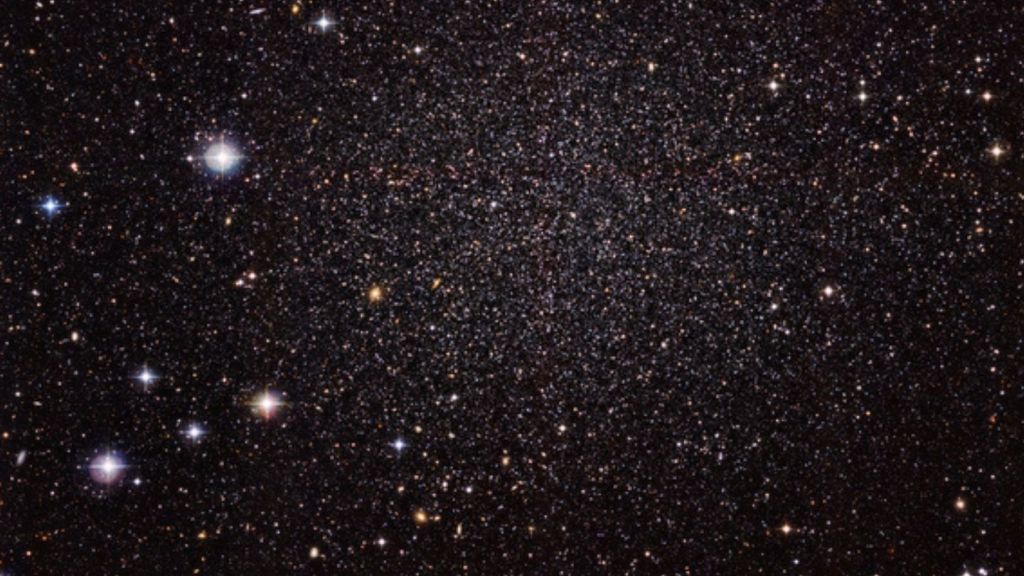If we could peer deep into time itself, all the way to the beginning of the universe, what would we learn about the reality we inhabit? Quite a lot, which is why scientists around the globe are searching for the very first stars in the universe, formed after a Dark Age immediately following the Big Bang.
An international team of scientists has gotten just a bit closer to this goal: according to a paper published in the Astrophysical Journal Letters in July and spotted this week by Sciencealert, researchers have found traces of these first stars that exploded and had their material recycled into a second generation of stellar objects.
Videos by VICE
The first stars in the universe are called Population III stars and are believed to be formed from a sea of essentially pure helium and hydrogen leftover from the Big Bang itself, containing no metals. They’ve yet to be found, but now scientists say they’ve analysed observations from the ESA’s Very Large Telescope facility to find a direct descendant: AS0039, a star in the Sculptor dwarf galaxy 290,000 light years away that the study says is the “most metal-poor star so far discovered in any external galaxy.”
“The explanation of its uniqueness is that the very ancient stellar fossil studied was formed in an environment enriched by the chemicals released by a first star of about 20 solar masses exploded as a hypernova, i.e. with an energy 10 times higher than that of normal supernovae of similar mass,” Asa Skuladottir and Stefania Salvadori, two co-authors of the study from the Department of Physics and Astronomy of the University of Florence, said in a statement.
According to the study, it’s not a coincidence that this unique star was found in the Sculptor galaxy. Most of the galaxy’s stars were formed more than 10 billion years ago, and its large size (for its type of galaxy) makes it more friendly to hypernova events, while not being so big that the telltale signs dissipate due to further star formation. This isn’t the first time that a candidate for a star made from the remnants of a Population III star has been discovered, but the researchers say their candidate easily fits into the model of a simple hypernova origin without the need for additional physics.
With further observations and research into AS0039 and other Population III remnants, we may begin to gain a better understanding of the processes that took our universe from gas-filled darkness to the wonderful starry mess we get to observe each night.
Says Salvadori: “the study shows that the analysis of stellar fossils allows us not only to indirectly determine the mass of the first stars, but also it also provides crucial information about the energy of the first supernova explosions. And therefore on the first steps of the universe.”
More
From VICE
-

LOS ANGELES, CALIFORNIA – NOVEMBER 14: Timothée Chalamet seen at a Special Screening of A24's "Marty Supreme" at Academy Museum of Motion Pictures on November 14, 2025 in Los Angeles, California. (Photo by Eric Charbonneau/A24 via Getty Images) -

Photo: Gandee Vasan / Getty Images -

Photo: duncan1890 / Getty Images -

Photo: Jorge Garc'a /VW Pics/Universal Images Group via Getty Images
